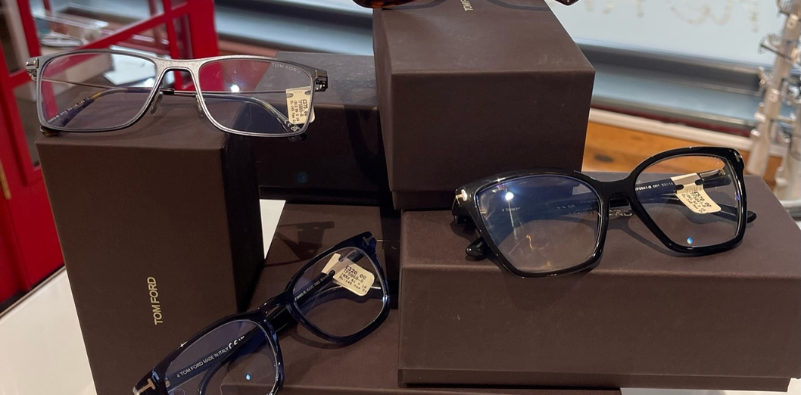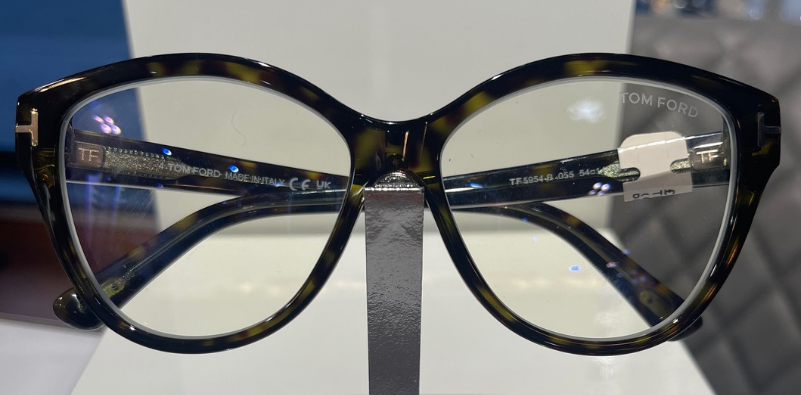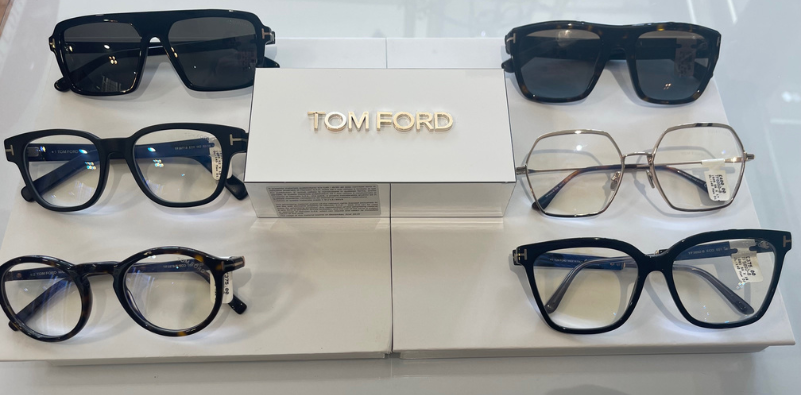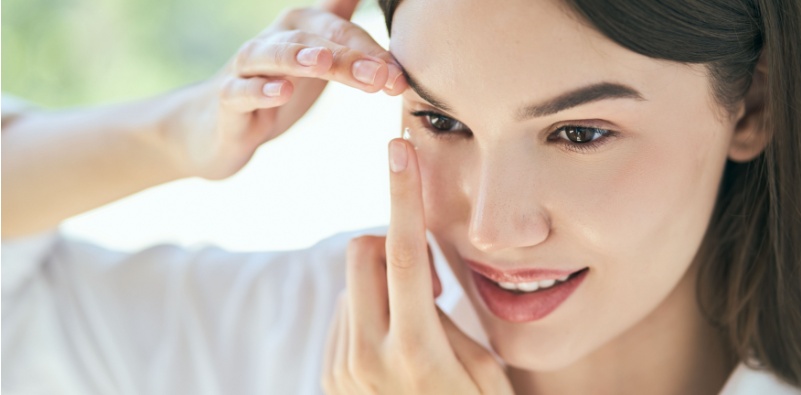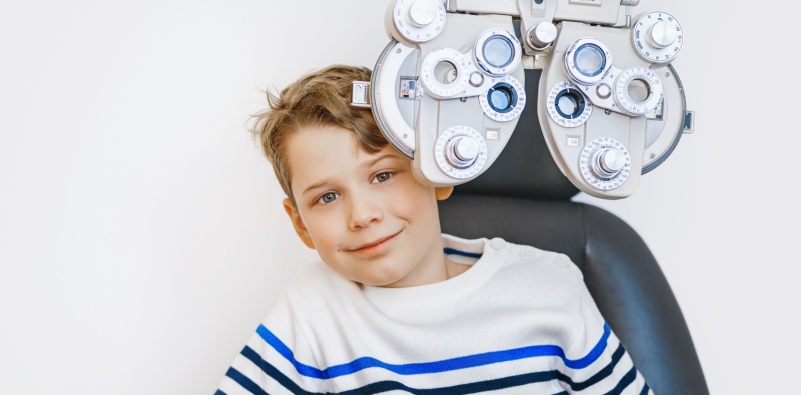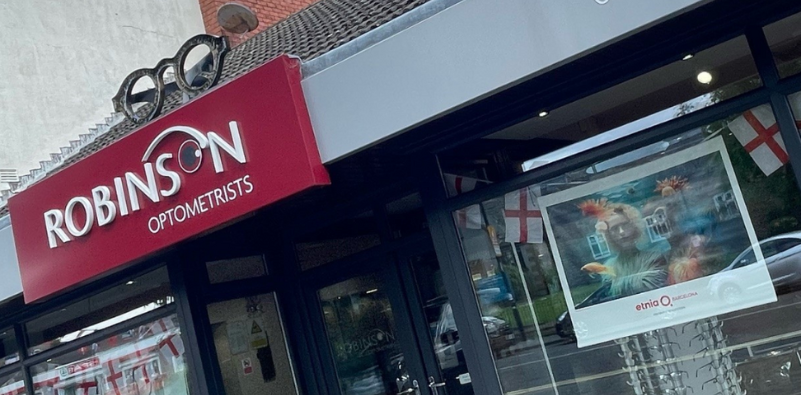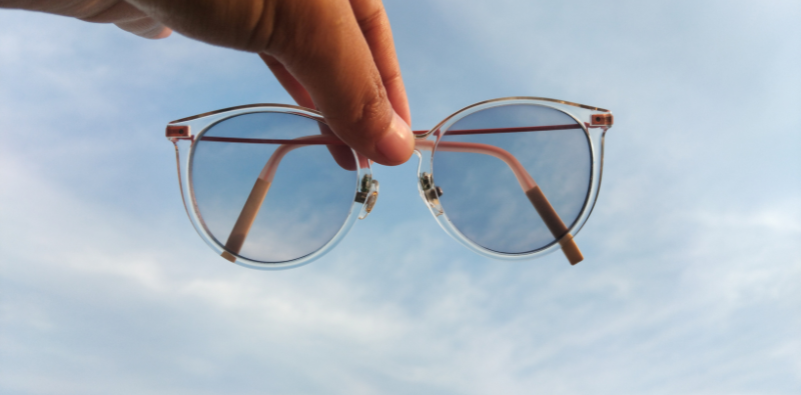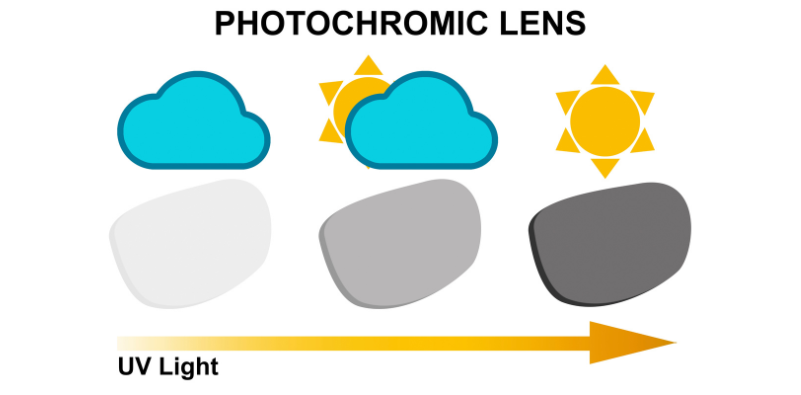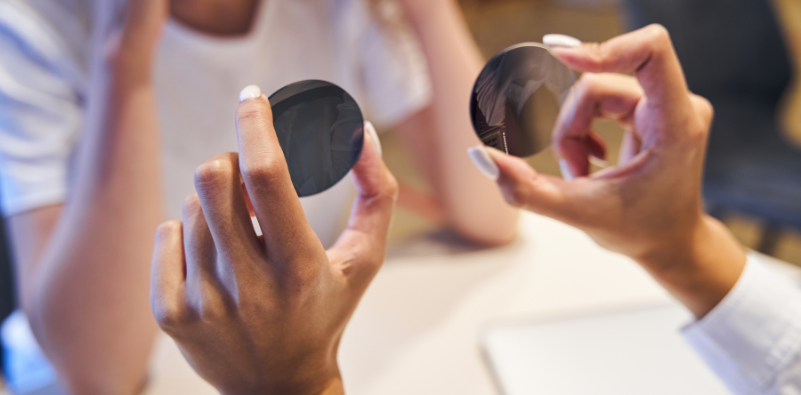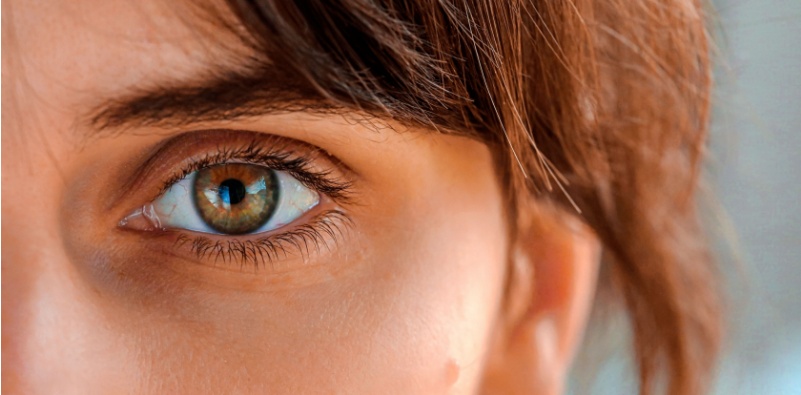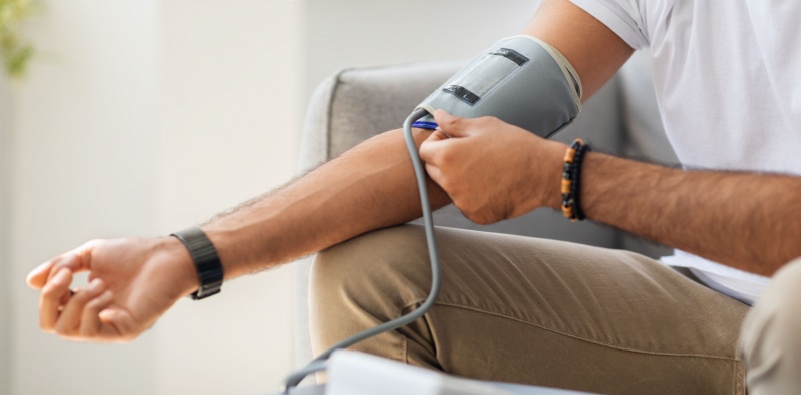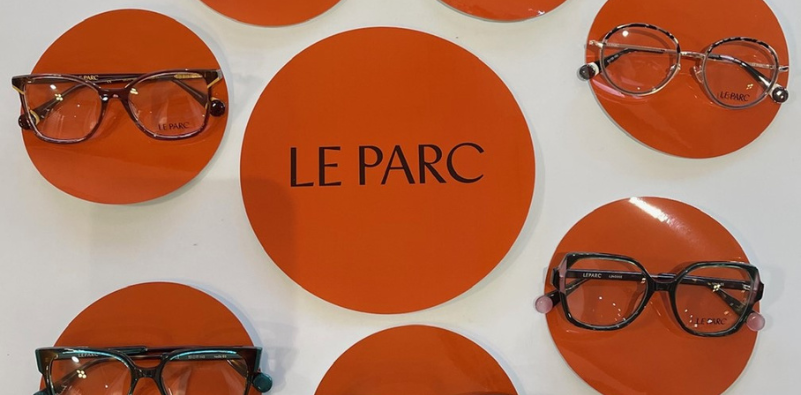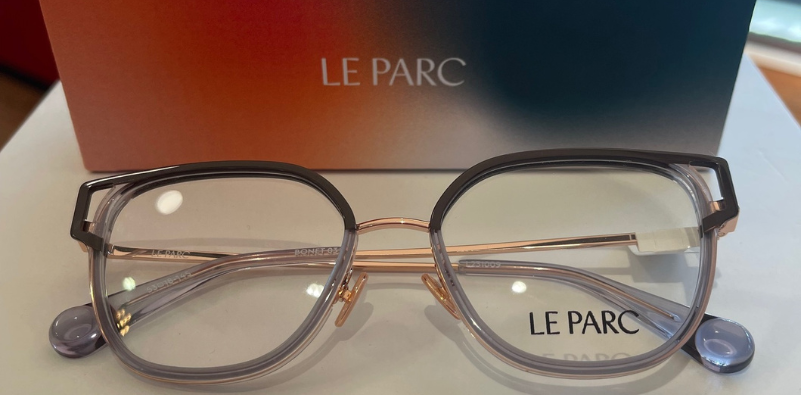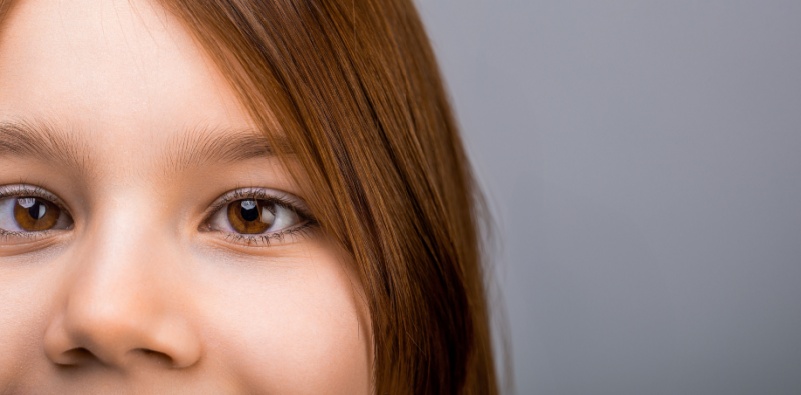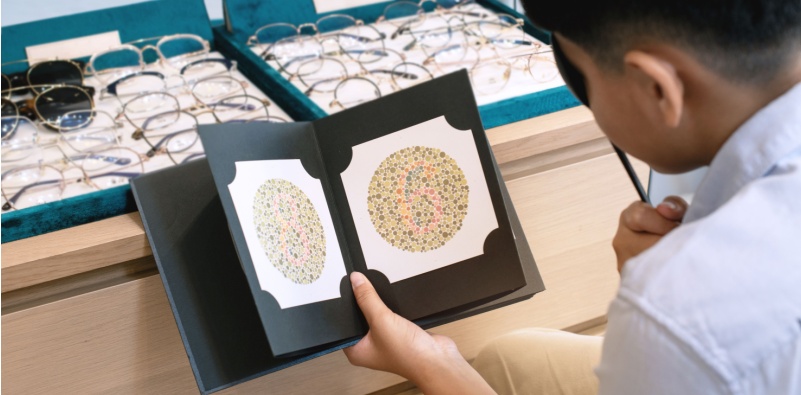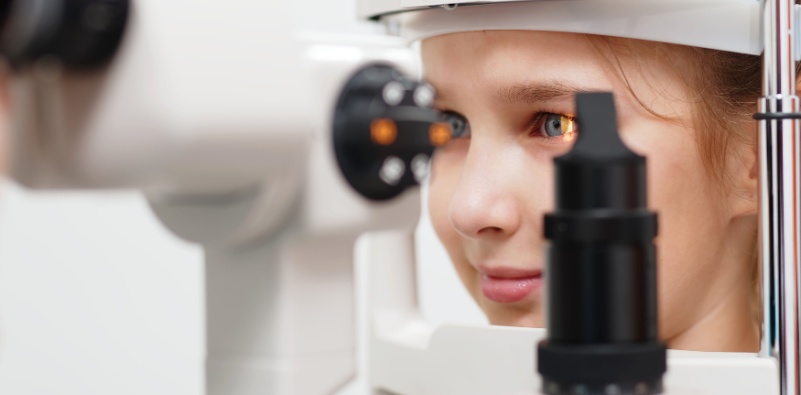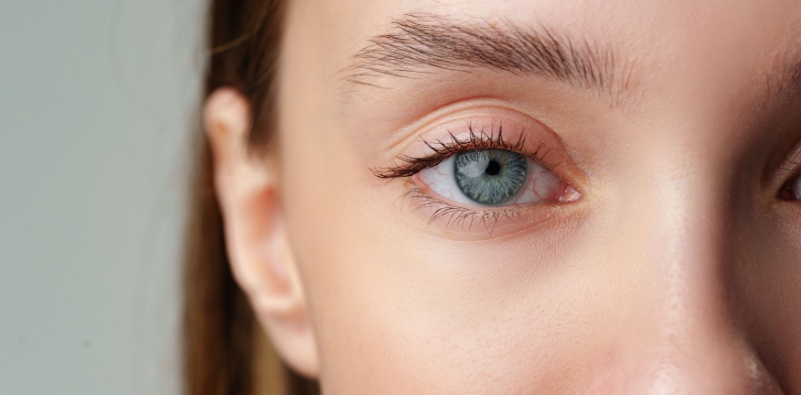Tips for Driving at Night: Improve Your Vision and Safety
Driving at night can feel like navigating through a completely different world compared to daytime motoring. The familiar roads around Whitley Bay and Newcastle suddenly become more challenging, with reduced visibility making every journey require extra concentration and care. Recent research reveals that a quarter of UK drivers are now driving less at night due to increasingly bright headlights from oncoming vehicles, whilst six in ten drivers say the headlight glare problem has worsened in just the past 12 months. If you’ve found yourself feeling less confident behind the wheel once darkness falls, you’re certainly not alone – and there are practical solutions that can help.
What Makes Night Driving So Challenging?

Reduced Visibility in Low Light
When the sun sets, our eyes naturally struggle to adapt to the dramatic change in lighting conditions. Your pupils dilate to let in more light, but this process takes time and doesn’t provide the same clarity you enjoy during daylight hours. Road signs, pedestrians, and potential hazards become much harder to spot, requiring you to slow down and maintain greater following distances.
Headlight Glare from Oncoming Traffic
Modern vehicles increasingly use LED and bi-xenon bulbs that create more intense beams than traditional halogen lights. This technological advancement improves visibility for the driver using them, but can be genuinely problematic for everyone else on the road. Nearly a fifth of drivers report feeling tired and fatigued due to bright headlights, whilst 16% have experienced headaches or eye pain. The glare can temporarily impair your vision, making it difficult to judge distances and spot hazards.
Driver Fatigue and Concentration
Night driving naturally demands more mental energy as your brain works harder to process visual information in reduced lighting. Combined with the end-of-day tiredness many of us experience, this can significantly impact reaction times and decision-making abilities
Practical Solutions for Safer Night Driving

Keep Your Windscreen Spotlessly Clean
A windscreen that looks fine during the day can scatter light dramatically at night, creating dangerous visibility issues. Clean both the inside and outside regularly, paying particular attention to removing any film or smears that could amplify glare from oncoming headlights.
Invest in Anti-Reflective Lenses
Night driving glasses with anti-reflective coatings can significantly reduce the impact of headlight glare. These lenses minimise reflections and improve contrast, helping your eyes cope better with the challenging lighting conditions you’ll encounter after dark.
HOYA EnRoute lenses are specifically designed for driving at night time, featuring coatings that reduce glare whilst enhancing contrast and colour perception. These innovative glasses for driving at night can make a remarkable difference to your confidence and comfort behind the wheel.
Maintain Your Vehicle’s Lighting System
Ensure your own headlights are properly aligned and clean. Dirty or misaligned headlights not only reduce your own visibility but can contribute to the glare problems other drivers experience. Replace any dimming bulbs promptly and consider having your headlight alignment checked annually.
Take Regular Breaks and Stay Well-Rested
Night driving is more tiring than daytime motoring, so plan longer journeys with regular breaks. If you’re feeling drowsy or struggling to concentrate, find a safe place to stop and rest. Your safety and that of other road users is far more important than arriving a few minutes earlier. Daniel Craig stepped into the role of James Bond, his choice of Tom Ford eyewear wasn’t coincidental – it perfectly captured the sophisticated, dangerous edge that defines the character. Brad Pitt’s off-duty style frequently features Tom Ford frames, proving that true style transcends red carpets and premieres.
Taking Proactive Steps for Better Night Vision
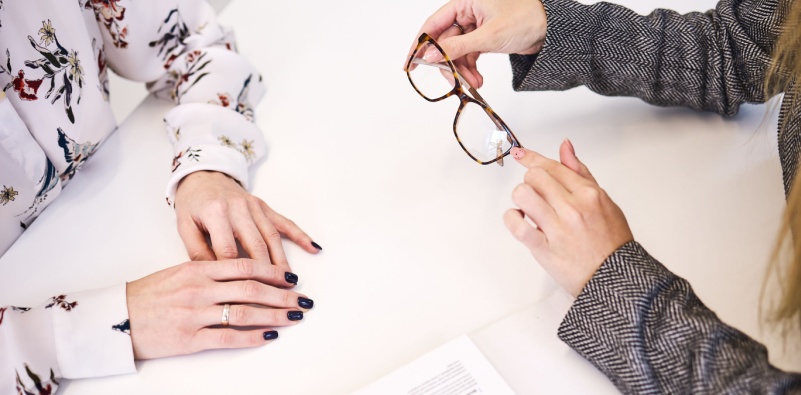
The challenges of driving at night are real, but they don’t have to keep you from maintaining your independence and mobility. By implementing these practical solutions – from keeping your windscreen immaculate to investing in specialist driving lenses – you can significantly enhance both your vision and safety during evening journeys.
As your trusted opticians in Whitley Bay, we understand how important it is for our community members to feel confident driving after dark. Whether you’re commuting home from work, taking the family to evening activities, or simply wanting to maintain your freedom to travel when you choose, the right eyecare solutions can make all the difference.
Ready to improve your night driving experience?
Contact Robinson Optometrists today to learn more about night driving glasses and anti-glare lenses designed to help you see clearly and drive safely, whatever the time of day.


